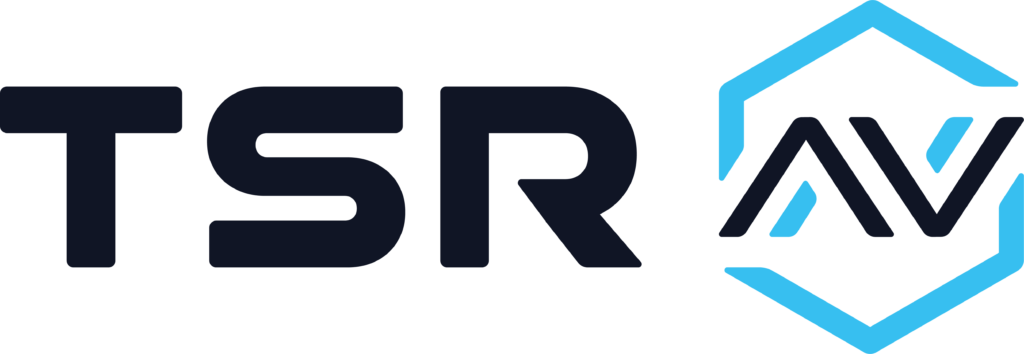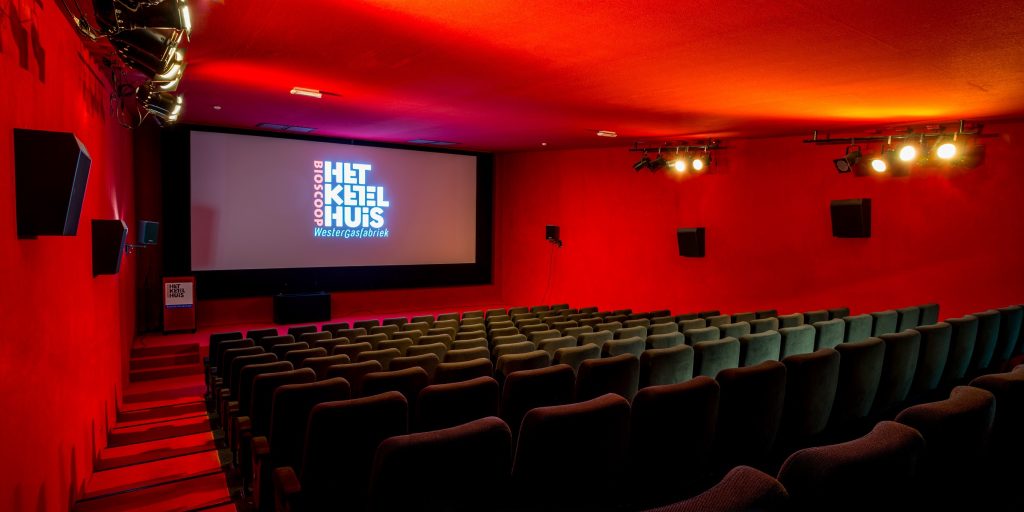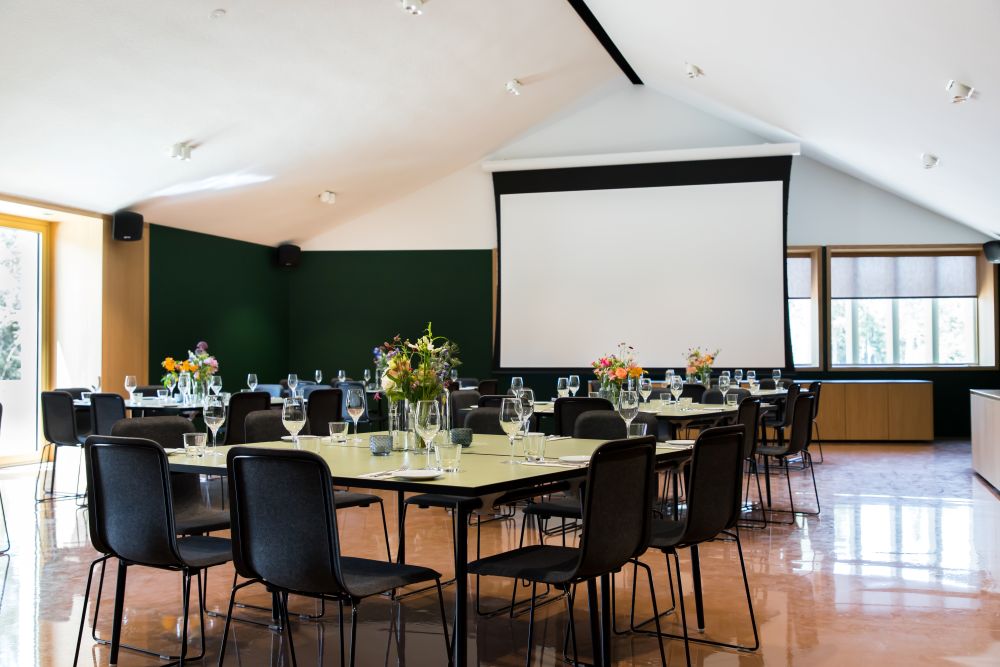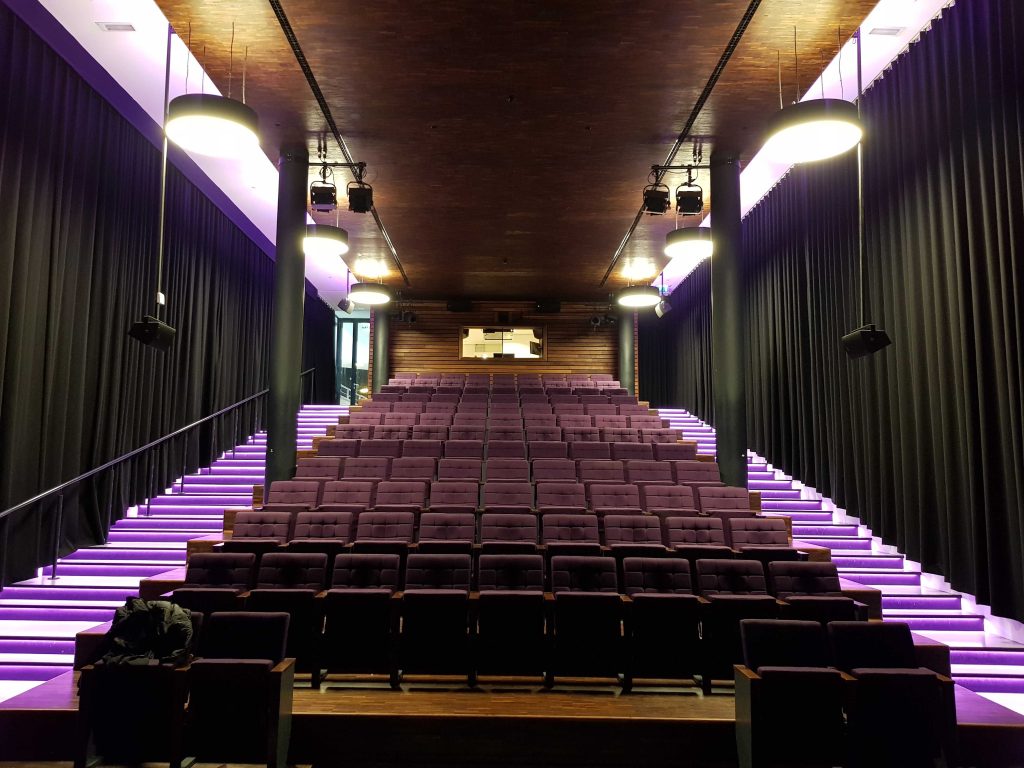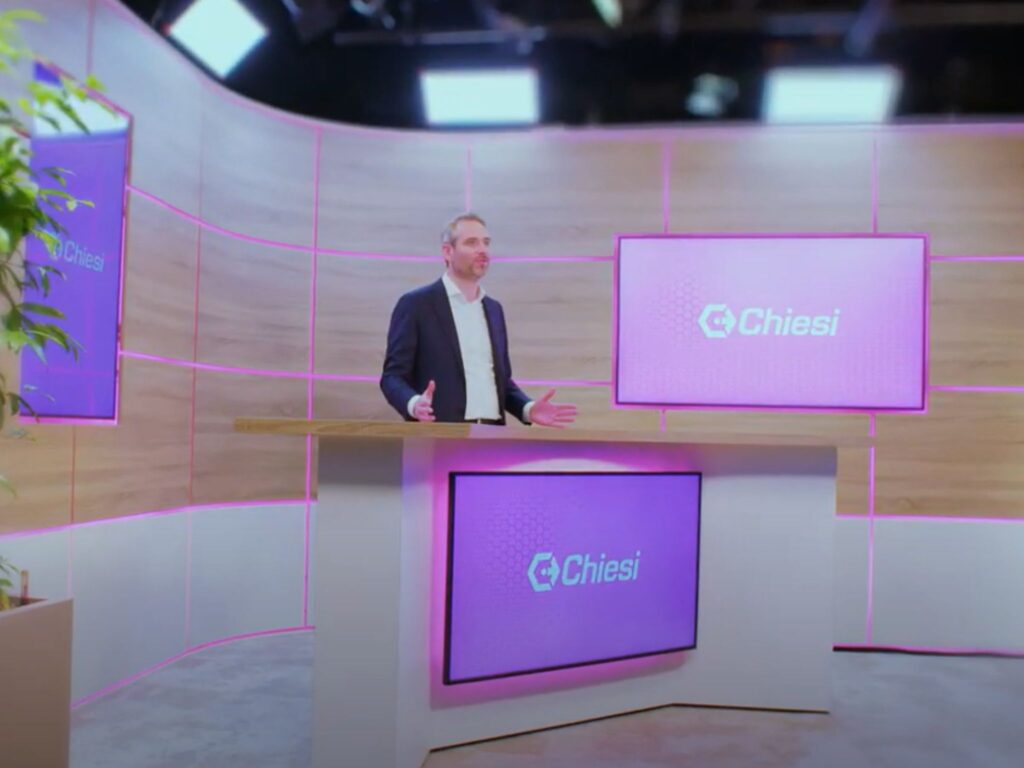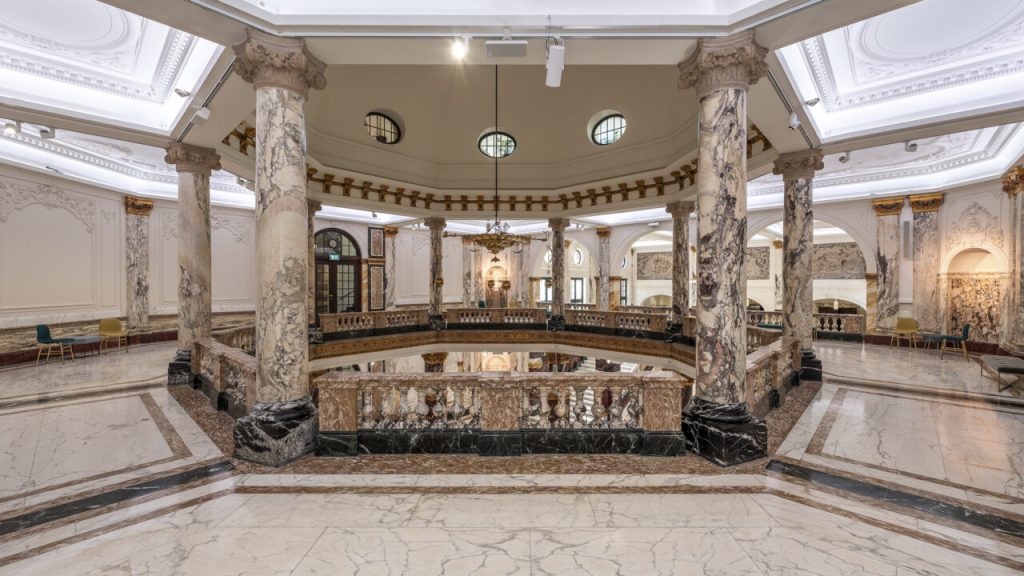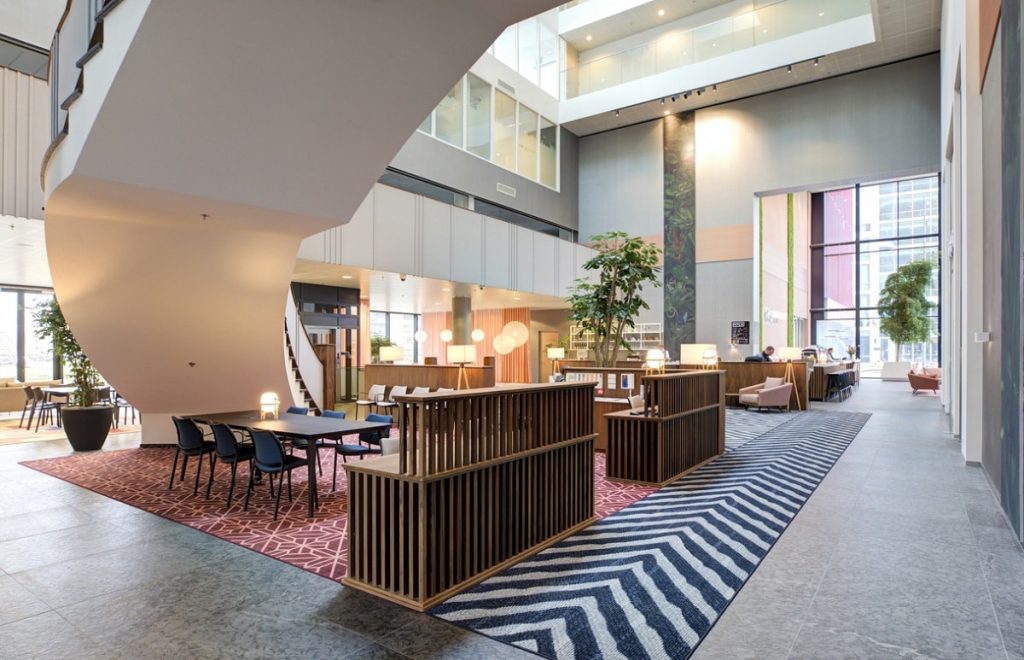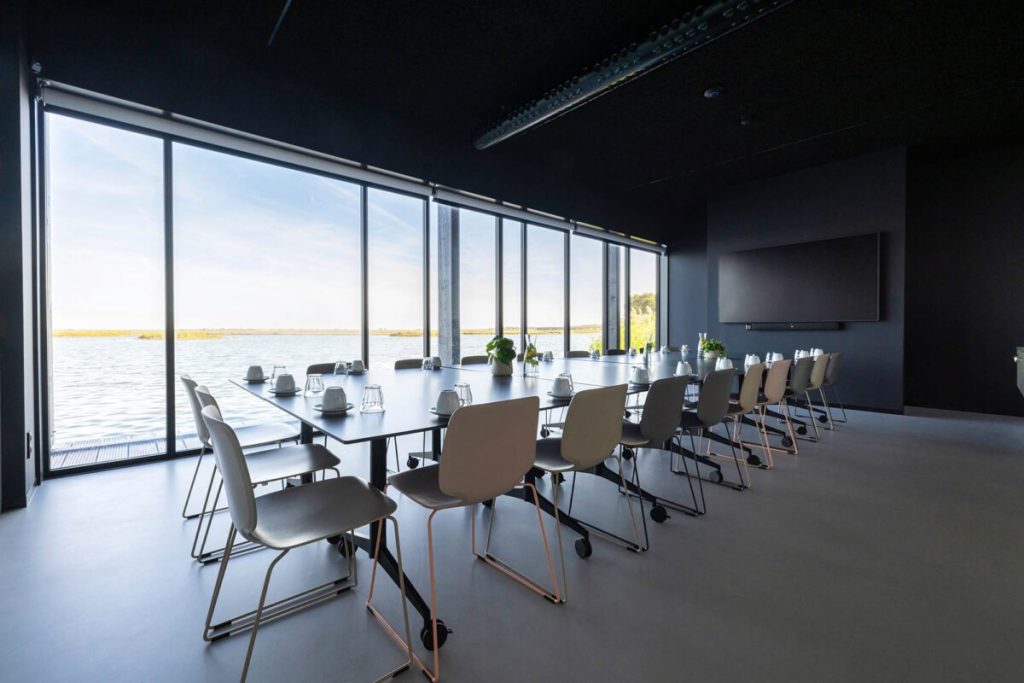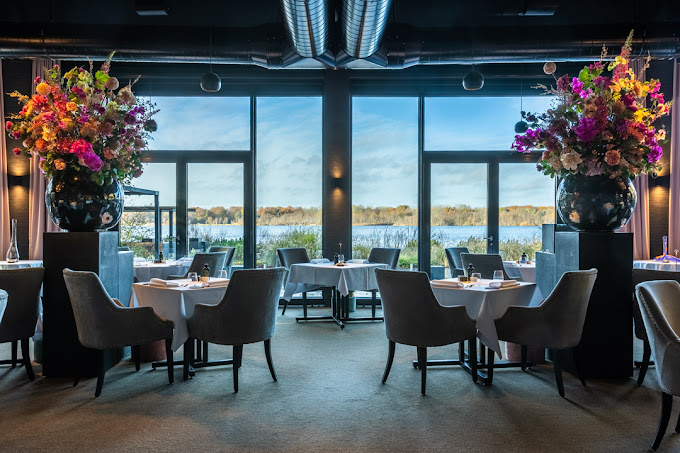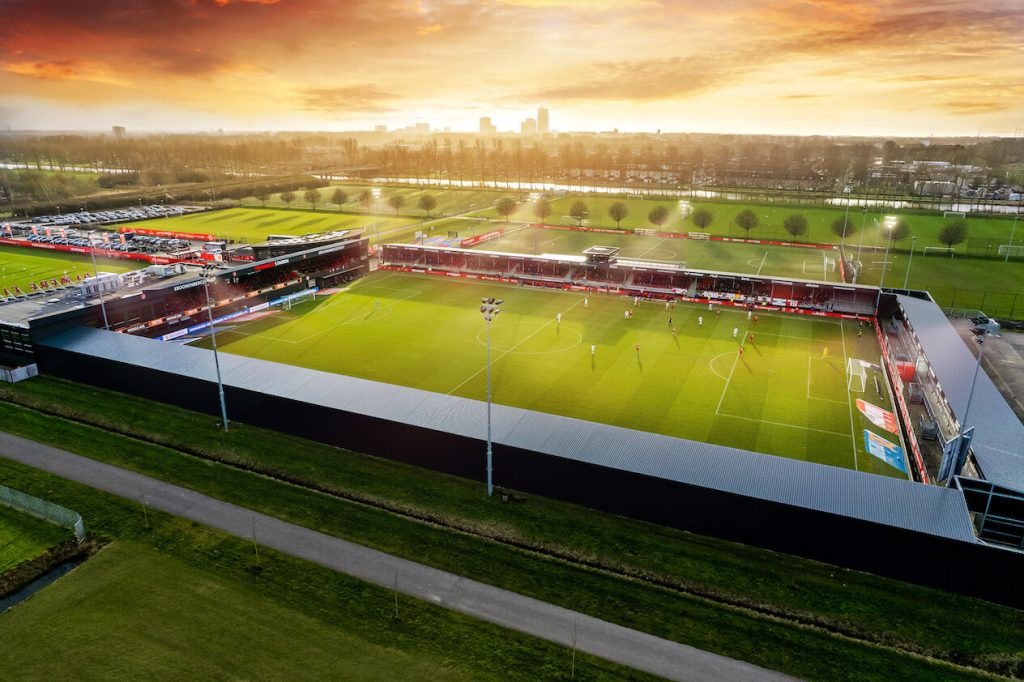Increasingly, U.S. organizations are setting speech privacy as a standard requirement for their work environments, and extending this requirement to their European sister organizations.
Speech privacy, also known as acoustic privacy, refers to the degree to which conversations and sounds are protected from unwanted listening or eavesdropping. It is essential because it allows people to discuss confidential information without the risk that others may overhear that information. This is particularly true in situations such as offices, conference rooms, medical facilities and other environments where sensitive information is exchanged.
The importance of speech privacy:
- Confidentiality: Ensuring speech privacy helps protect the confidentiality of personal, medical, business or other sensitive information.
- Productivity: An environment with good speech privacy can increase productivity by allowing people to better focus on their work without being disturbed by outside noises.
- Laws and regulations: In some industries, such as healthcare or finance, there are strict laws and regulations that require confidential information to be protected. Speech privacy can help comply with these regulations.
- Customer satisfaction: In situations where customers share confidential information, such as at financial institutions or law firms, ensuring speech privacy can help build trust and customer satisfaction.
The importance of speech privacy is recognized worldwide. Its pursuit is an international phenomenon that stems from the need for confidentiality and efficiency in various professional environments, in which America leads the way.
TSR AV is a supplier and installer of the system that achieves speech privacy and is seeing a marked increase in demand for this type of system. Jesse Terpstra, commercial manager at TSR AV, notes that mainly organizations with a U.S. parent company are integrating the system into their offices as standard, but that demand from Dutch organizations is also increasing. “Many organizations need more voice privacy, but do not know that we can install a relatively simple system that meets this need.”
Sound Masking
Sound Masking is the name of the technique by which speech privacy can be achieved. It involves using specially generated sound to mask or hide other sounds. It works by adding a low, unobtrusive background sound through unobtrusive small speakers in the ceiling. This consistently added ambient sound covers or masks other sounds, making them less noticeable and distracting.
Privacy increasingly important
In the United States, sound masking has been popular for some time. While there are no federal laws yet that specifically require organizations to ensure speech privacy, there are laws and regulations that may apply to certain industries or situations where it is important to protect confidential information.
For example, in the health care industry, the Health Insurance Portability and Accountability Act (HIPAA) applies, which contains guidelines for protecting medical information and patient privacy. Healthcare organizations must comply with the requirements of HIPAA, including ensuring the privacy of calls and other communications that contain medical information.
The financial industry may be subject to the Gramm-Leach-Bliley Act (GLBA), which contains guidelines for protecting consumers’ personal financial information. Organizations subject to the GLBA must take measures to ensure the confidentiality of calls and other communications.
In addition, states and local governments may have specific laws that apply to certain industries or situations regarding privacy and confidentiality of information. Organizations should be aware of these laws and regulations and take appropriate measures to ensure the privacy of conversations and communications.
Speech privacy in Europe
In Europe, speech privacy is also becoming increasingly common, although currently to a lesser extent than in the United States. At the European level, there are no specific guidelines for the use of sound masking, although its use can be supported by general guidelines and legislation related to occupational safety, health and well-being at work, as well as acoustic standards and guidelines for buildings and work environments. These include:
- Framework Directive 89/391/EEC: This directive provides the framework for promoting the improvement of the safety and health of workers at work. It requires employers to take measures to ensure occupational safety and health, which may include controlling noise exposure.
- Acoustic standards: Standards such as ISO 3382-3 and ISO 16283-1 provide guidelines for measuring and evaluating noise in buildings and spaces, including controlling background noise and designing noise environments.
- Legislation on working conditions and health: National legislation within EU member states may contain specific regulations regarding the working environment, including noise levels and noise control in the workplace.
Although there are no specific directives that focus exclusively on sound masking, its use fits well with the trend of increasing general occupational safety and health regulations, and following noise-related standards and guidelines when designing and furnishing workspaces.
Sound masking fits well into the strategy of reducing exposure to disturbing noise, improving employee comfort and increasing privacy.
Where is it used?
Some common applications of sound masking include:
- Offices: In open office environments, it can be used to enhance privacy and reduce distractions by creating background noise that masks unwanted sounds, such as conversations from co-workers, phone calls, typing noises, and so on.
- Healthcare: In hospitals, pharmacies and other medical facilities, it can be used to ensure the confidentiality of conversations between patients and healthcare providers.
- Legal & financial institutions: In law firms, financial institutions and other organizations where privacy is important, sound masking can be used to ensure the confidentiality of conversations between clients and service providers.
- Hotels: Here it can be used in the lobby, spa and hotel rooms to mask sounds from hallways, adjacent rooms and outside traffic, giving guests a quieter and more comfortable stay.
- Educational institutions: In schools and universities, sound masking can help promote concentration and reduce distractions in classrooms, libraries and study areas.
- Commercial spaces: Here it can be applied in stores, restaurants and other commercial spaces to create a more pleasant atmosphere and protect conversations between customers and employees.
- Call centers: In call centers, sound masking can be used to ensure the privacy of telephone conversations between customer service agents and customers, as well as to reduce distractions and improve productivity.
Other environments where speech privacy may be important: boardrooms, government, secure facilities, courtrooms, airport lounges, places of worship.
TSR AV & Sound Masking
We are one of the few Dutch specialists in sound masking. Would you like to know what we can do for you in this area?
Click here for more information.
